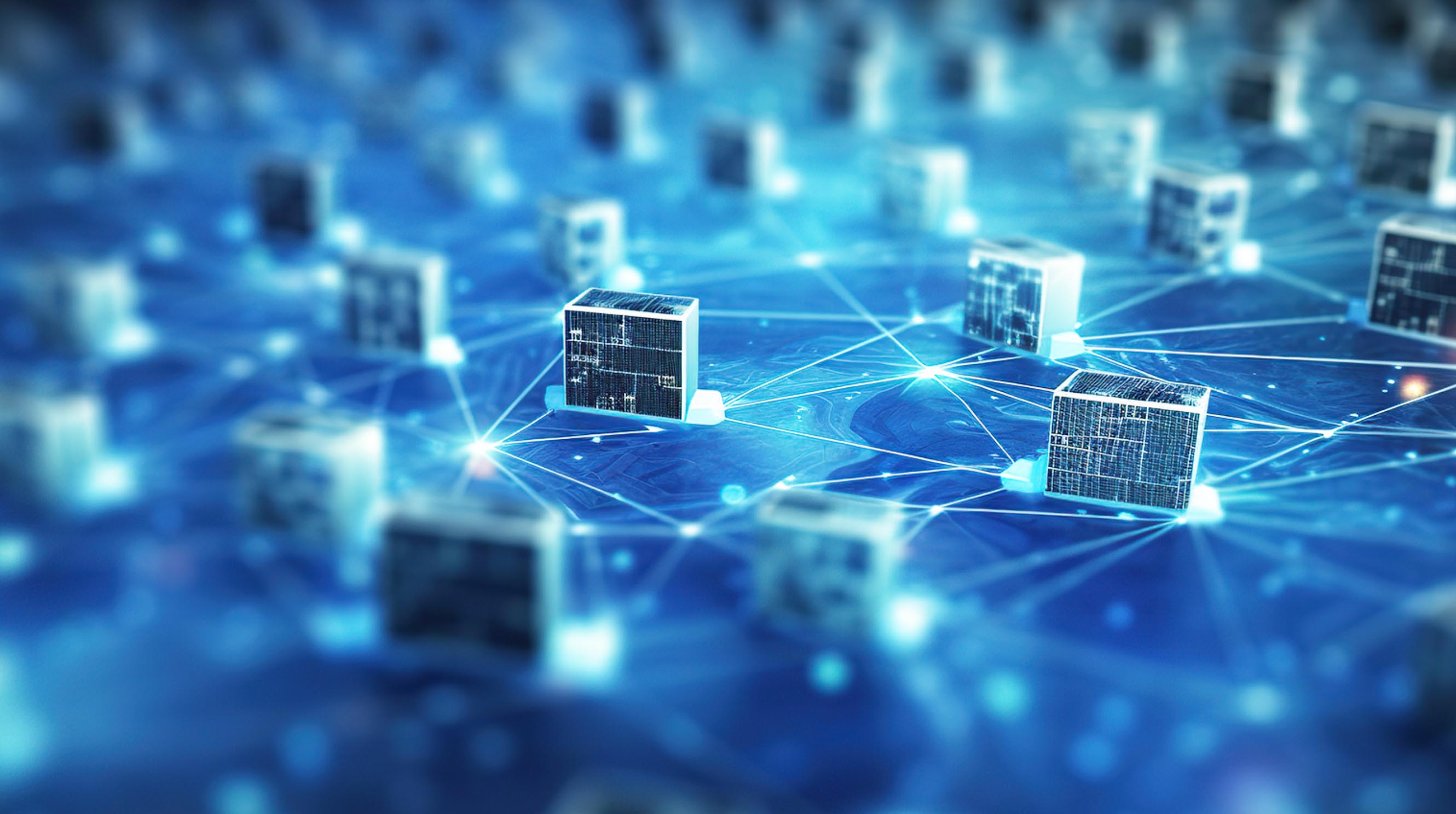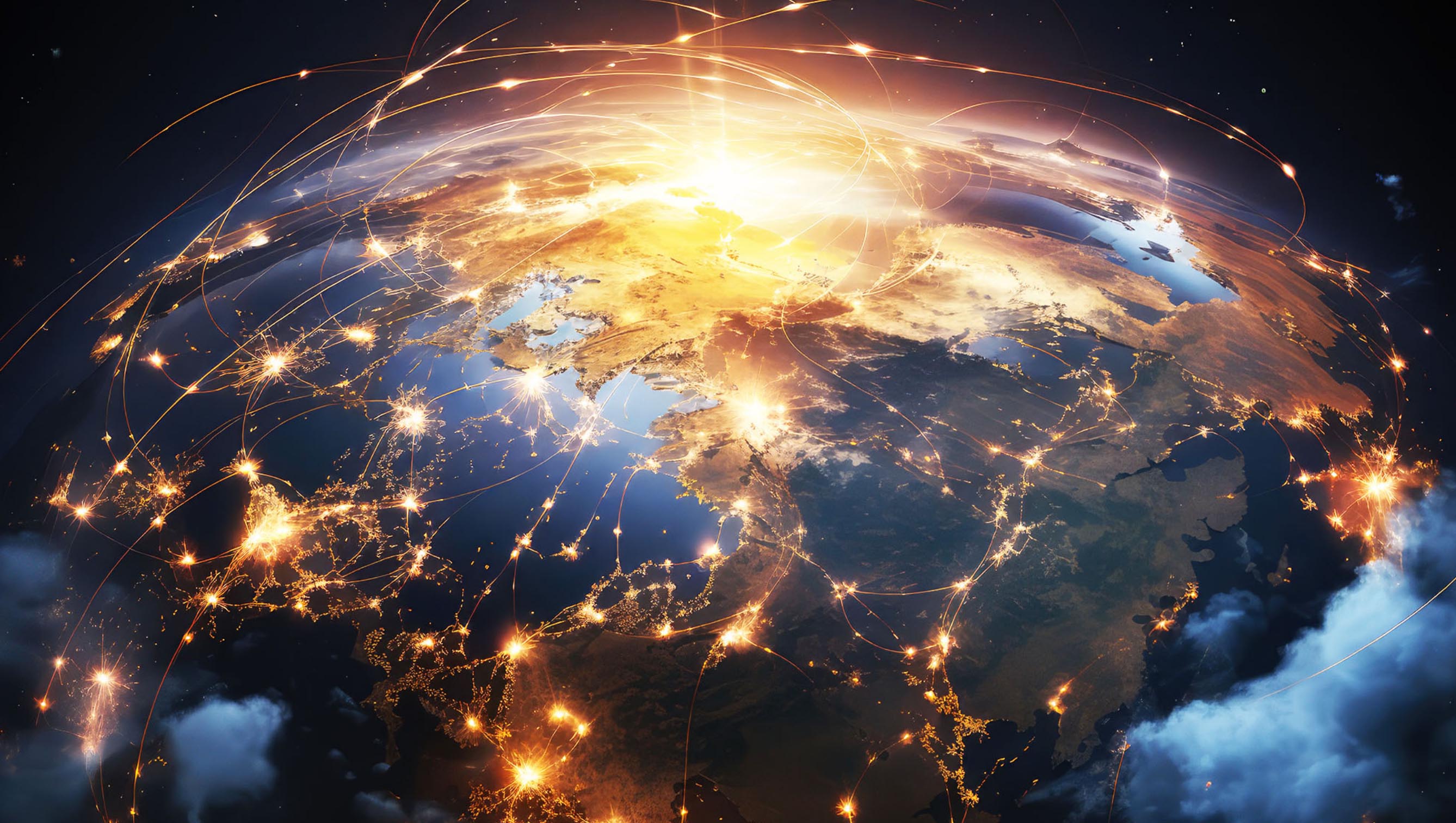Surfing the Decentralised Wave: Unveiling the Potential of Web3.0

The internet we know and use today – Web 2.0 – has revolutionised communication and information access. However, concerns about data privacy, platform control and online censorship are prompting a shift towards a new paradigm: Web3.0, the decentralised web.
Beyond Likes and Shares: Understanding Web3.0
Web3.0, still in its nascent stages, envisions a more democratic and user-centric internet. Here’s what sets it apart:
- Decentralisation: Web2.0 is dominated by large tech companies that control user data and content. Web3.0 aims to break this monopoly by distributing data and applications across a network of computers, removing central control. Blockchain technology, with its distributed ledger system, plays a crucial role in enabling this decentralisation
- Ownership: In Web2.0, users create content but platforms own it. Web3.0 empowers users through ownership. Concepts like cryptocurrencies and non-fungible tokens (NFTs) allow users to own their digital assets, fostering a sense of digital property rights
- Privacy: Web2.0 thrives on user data collection. Web3.0 prioritises privacy by giving users more control over their data. Decentralised applications (dApps) may operate without requiring extensive personal information from users
Riding the Wave: Potential Impacts of Web3.0
The decentralised web has the potential to disrupt various aspects of our digital lives:
- The Future of Finance: Decentralised finance (DeFi) aims to democratise financial services. Imagine peer-to-peer lending and borrowing without relying on traditional financial institutions
- A New Era for Creators: Web3.0 empowers creators through ownership. Artists can leverage NFTs to sell digital artwork and connect directly with fans, bypassing traditional gatekeepers
- The Rise of the Metaverse: Web3.0 can fuel the growth of the metaverse, a virtual world where users interact in a decentralised manner. Imagine owning virtual assets and experiences within this immersive space
- Reshaping Social Media: Decentralised social media platforms could emerge, giving users more control over their data and content moderation
- The Evolving Internet of Things (IoT): Web3.0 can create a more secure and transparent IoT ecosystem. Imagine connected devices interacting with each other in a decentralised network

Challenges and Considerations on the Horizon
While Web3.0 presents exciting possibilities, there are challenges to address:
- Scalability: Blockchain technology, the backbone of Web3.0, faces scalability issues. Can it handle the volume of transactions needed for a mass adoption of dApps?
- Security: Decentralised systems are not immune to cyberattacks. Ensuring the security of user assets and data in a decentralised environment is crucial
- Accessibility: Understanding and using Web3.0 can be complex for non-technical users. Simplifying user interfaces and educational resources will be essential for widespread adoption
The Future of the Web: A Collaborative Effort
Web3.0 is not a utopian dream but an evolving concept. Its success hinges on collaboration between developers, users and regulatory bodies. As we navigate the decentralised wave, it’s important to remain informed, identify potential pitfalls and ensure Web3.0 lives up to its promise of a more equitable and user-centric internet.
Ready to Dive Deeper?
If you’re intrigued by Web3.0, there are numerous resources available online. Explore articles, watch explainer videos and consider joining online communities to learn more about this exciting new chapter in the evolution of the web. Web3.0 might just be the wave we’ve been waiting for to ride towards a more democratic and empowering digital future.










